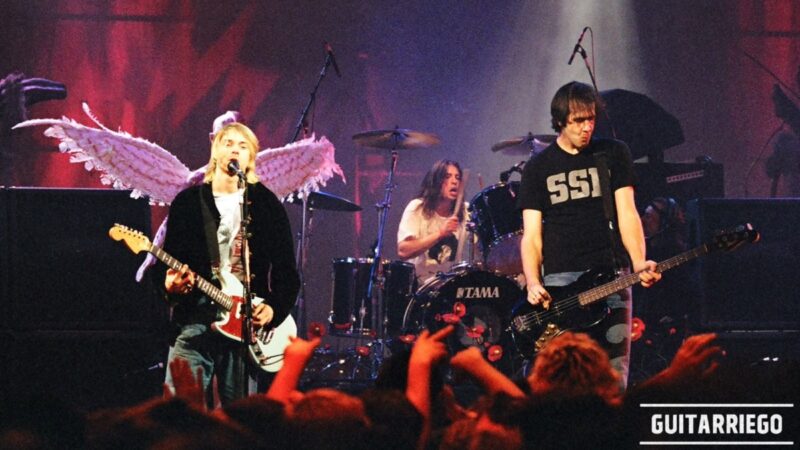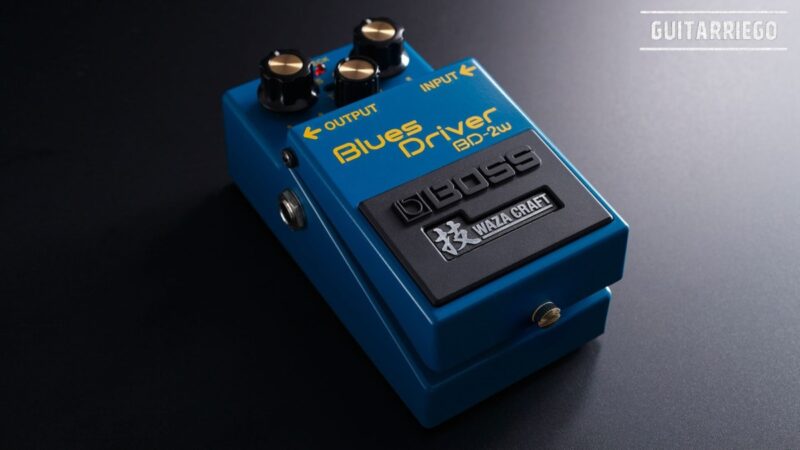Best 12 tips and tricks to setup your pedalboard
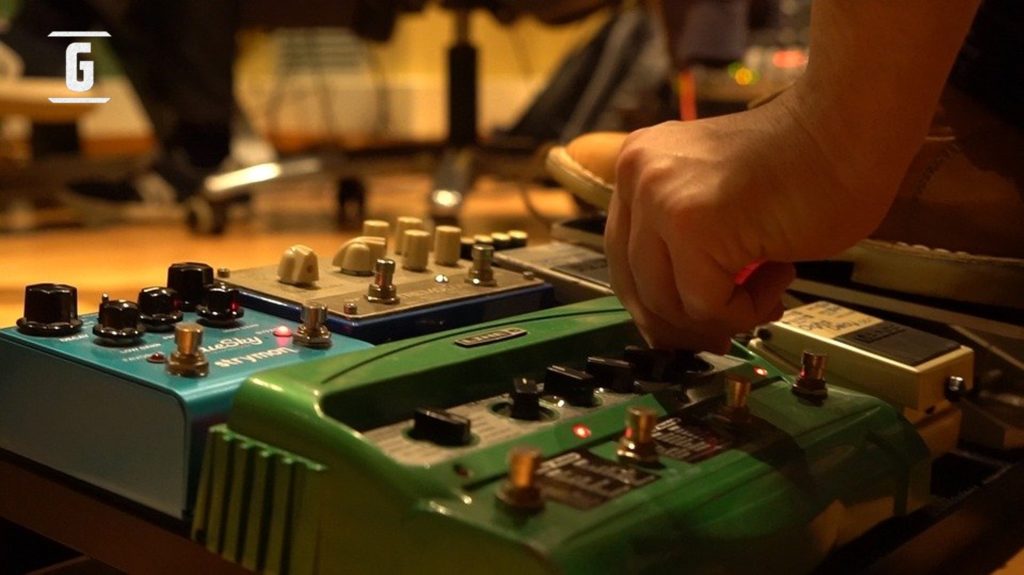
These are the best tips and tricks for your pedalboard that can be used to improve the tone of guitarists of any level, whether you are a beginner just beginning to explore the world of effects pedals or a pedal expert.
They are not intended to be revealed truths, but they are tips and tricks on how to use guitar pedals and organize your pedalboard in interesting ways, in a way that helps you achieve your best tone, and your personal audio.
Top 12 tips to improve the tone of your pedalboard
Use as few effect pedals as possible
The most basic tip of the best tricks for your pedalboard is to keep it simple. Any additional wiring will introduce additional capacitance, which in turn contributes to the drop in brightness and definition of the tone. Try to use good quality cables, the more direct you get to your amp the better.
You can do the test by connecting the electric guitar directly to the amp and then do the same going through your chain of pedals and effects or pedal board. This will let you know how much you are degrading your signal.
With the right amp and your guitar volume pot, you can get a wide range of clean and overdriven audio.
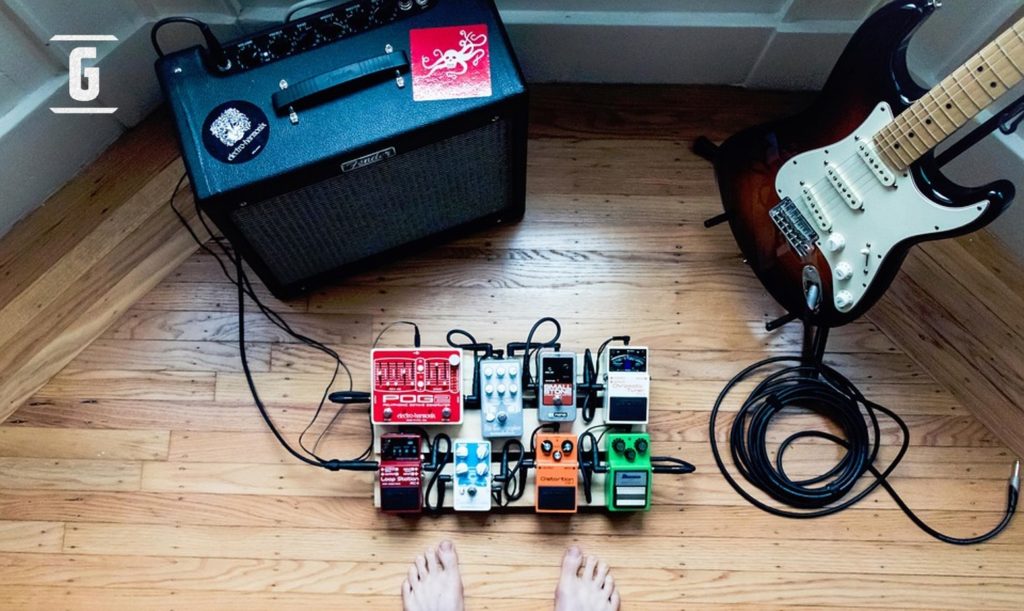
Use good cables and interpedals
Although it is quite obvious, it is always important to highlight it, without this, the rest of the tricks or tips will lose effectiveness.
You have already minimized the effects or even, you do not use anything between your guitar and the amp. If you use a poor quality cable or interpedals, you will lose tone anyway. That is why it is important that you take care of the signal throughout the chain with adequate equipment. Otherwise, you will lose signal quality, treble, brightness, definition, and you will not achieve a good tone.
Use an isolated power supply
A filtered and isolated power supply provides a separate power line for each of your pedals. This will keep your sound free from noise.
Non-isolated power supplies are not as effective in avoiding electrical interference, so they can generate Hum or hum when powering analog and digital pedals.
Use the tuner at the end of the pedal chain as a “noise gate”
This will allow you to keep your set quiet when not playing, simply by activating your tuner. It can even be useful to get out of trouble in any situation, for example, in a recital if your guitar or a pedal starts to generate feedback or noise.
This has a downside. If you leave too many effects on when tuning, you may not get accurate tuning. You must be careful to turn off the effects pedals in order to tune properly.

Stack the overdrives
If you like to play with Overdrives, look for OD pairs that get along well together. In this way, you will get four audios. The one for the amp alone, the one for each of the pedals, and the one for the two pedals together. With this you should achieve all the necessary audios.
Some classic stacking combinations are a TS Tube Screamer or BB Preamp style pedal with some booster or transparent overdrive like Klon Centaur or Zendrive style pedals. But remember, this is a personal theme that you will have to experiment and try to find your perfect match.
Adding more pedals can not only add noise and complexity to the pedal board, it can also require overly complex handling that ends up making you dance a malambo. Better to devote more attention to playing the guitar than to stepping on the pedals.
Take advantage of the EQ Pedal
This is a fundamental and versatile pedal many times forgotten or ignored. The equalizer pedal allows us more control over our audio by adjusting and modeling it precisely and broadly.
The three most common uses for using the equalizer are as follows:
- Model and adjust the audio by controlling frequencies, to have different audios and sounds with a single guitar.
- From volume booster or overdrive or volume leveler when you use guitars with pickups with different output levels.
- Adjusting the acoustics of the environment when playing in new places eliminating unwanted feedback.
If you want to delve into this, see the note on The Best Uses and Tricks of the Equalizer Pedal, they will help you improve your pedalboard.
Use your preferred Overdrive or Distortion last
Using the most balanced pedals, or those that have the character you’re looking for for your audio at the end, will allow you to balance the rest of the chain. Always, the pedal that is last is the one that has the most influence on the tone. So use your favorite gain pedals after the other pedals, so they dominate your tone.
For example, a good use is with fuzz. These pedals are usually aggressive and sometimes stick out too much. Putting your Overdrive or Distortion “base” later to achieve a balanced tone and not to contrast too much from your general audio.
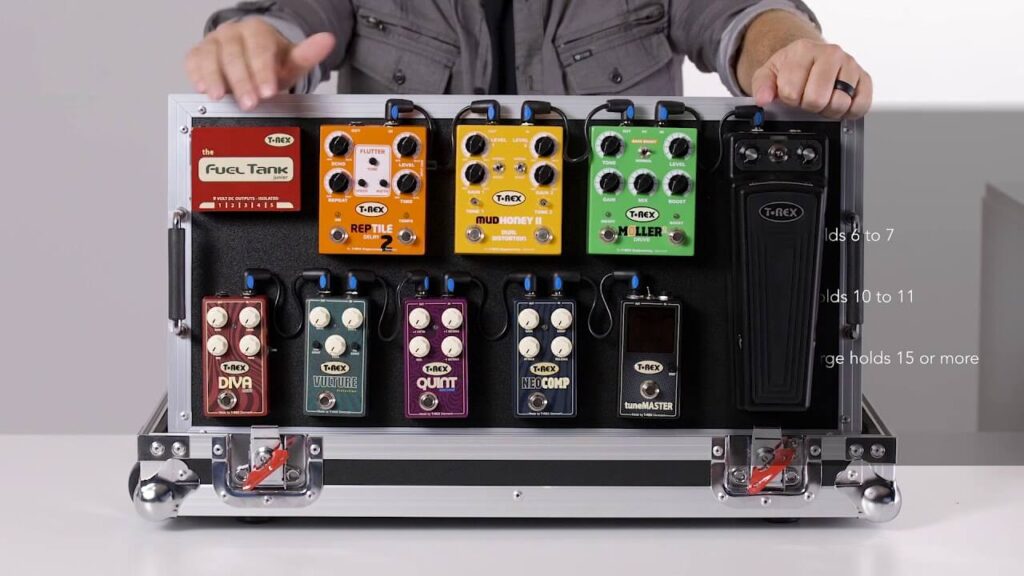
Another use is to take your base or preferred pedal and leave it always active, using little or minimum gain. In this way, you will give the desired “color” to your sound. Pedals widely used in this way are the Tube Screamer, the Fulltone OCD, the Xotic Ep Booster or the BB Preamp, among others.
So simply choose your favorite overdrive or distortion pedal and put it after the rest in your chain.
Move your compressor after Distortion or Overdrive
Using the compressor at the beginning of your chain serves to add Sustain while maintaining audio clarity. But it can also be a good option, moving the compressor further to the end of the chain. This allows you to expand the sound of certain Distortion, Overdrive, or Fuzz pedals. It will give more body to your tone.
This is particularly useful for “one-of-a-kind” guitarists who play with a lot of arrangements, arpeggios, riffs, picks, and not so much chords.
Simulate a Dead Drum with Fuzz Pedals
This works great on fuzz pedals and certain distortions to create a warmer and more “muffled” sound. You can use an adjustable voltage pedal power supply to simulate a dead battery. Many guitarists used batteries instead of power supplies due to the character that a dead battery gives to their sound.
Slapback Delay / Echo for wider, more three-dimensional audio
Adding a short, always-on Slapback Delay / Echo at the end of your effects chain or in your effects loop if you use amp saturation can give your sound a fuller effect, three-dimensional and wider audio. Maintain a moderate setting or setting, so that it is almost imperceptible, that it is only evident when it is turned off.
In return, you may lose a bit of definition and dynamics. You can also use it only when doing the solos or plucking.
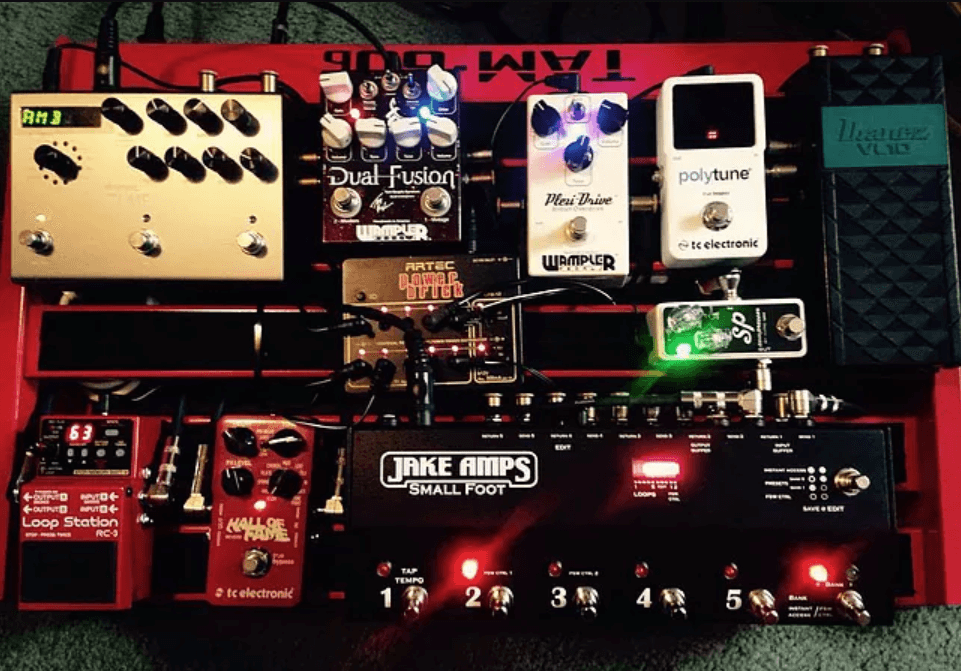
Use Reverb to bring your tone to life
Reverb set to a moderate or low setting takes the “dryness” out of raw audio, giving it brightness and life. It doesn’t have to be something remarkable, unless you particularly want that.
In the case of reverb fans, our beloved JoBo -Joe Bonamassa- appears, for whom he is an always active effect in the recording studio: “There is always a Reverb tank.”
Attach a Reverb pedal after your Delay to smooth out trails
By moving one of your Reverbs after a Delay, you can smooth out each echo. This will prevent each echo from sticking out or cutting as much. Something similar to the “smear” or “blur” effect in some digital delays.
Try new things, search for new audios
The last, and probably the most important of all the best tips and tricks about your pedal board, is not sticking to the conventions of how to arrange the pedals. Change the order of your pedals, “do the wrong thing.”
Experimentation is part of the musical journey in search of new tones and audios. There are no rules in music. If you follow the conventions you will sound like everyone else, if you want to sound in a unique way, creativity is your best friend. This will help you find your own Tone, that unique audio with which people recognize you when you play your guitar.
Related Articles to keeping in tune your guitar and bass: Guitar equalizer pedal: Tips, tricks and all the ways to use it.
Other 5 Tone Tips: You’ll Just Sound Better.
You can share opinions or also chat about this and more with other musicians in our comments section.

